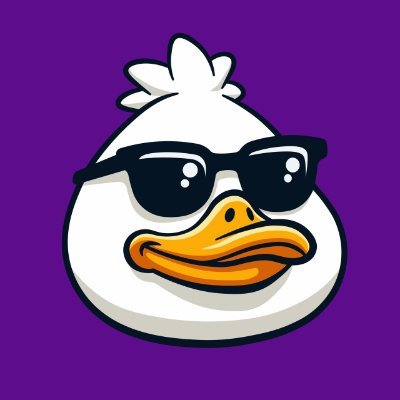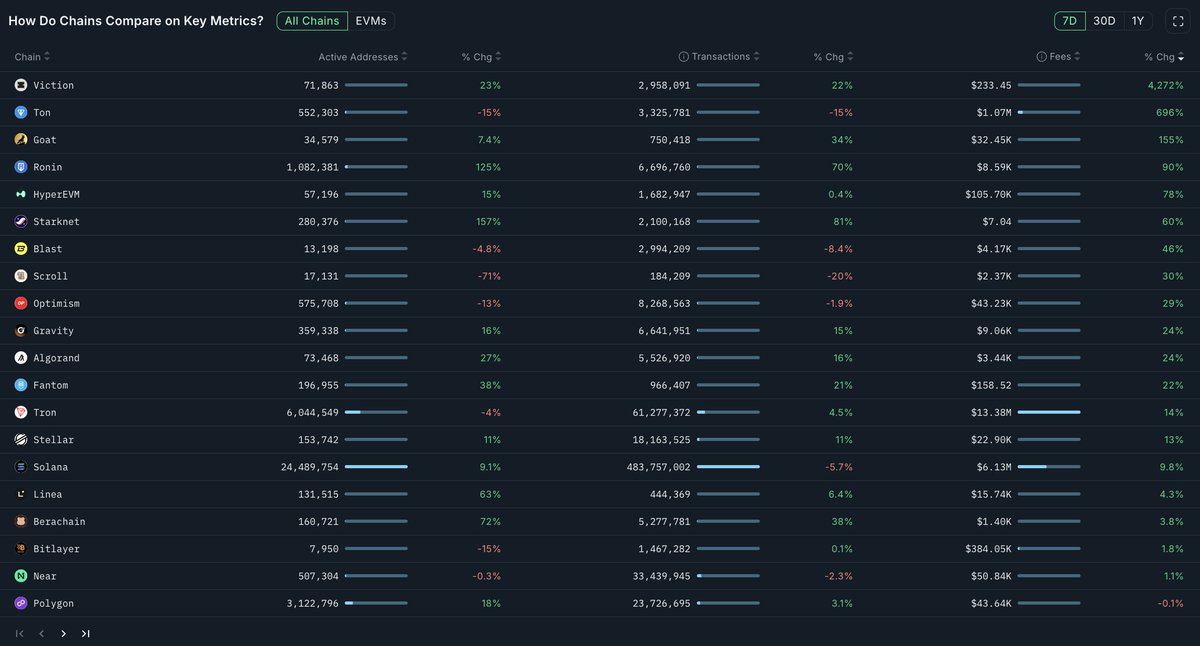This token isn’t available on the OKX Exchange. You can trade it on OKX DEX instead.

GOAT
Greatest of all tokens price

3iANqK...pump
$0.00012556
+$0.000099883
(+388.97%)
Price change for the last 24 hours

How are you feeling about GOAT today?
Share your sentiments here by giving a thumbs up if you’re feeling bullish about the coin or a thumbs down if you’re feeling bearish.
Vote to view results
GOAT market info
Market cap
Market cap is calculated by multiplying the circulating supply of a coin with its latest price.
Market cap = Circulating supply × Last price
Market cap = Circulating supply × Last price
Network
Underlying blockchain that supports secure, decentralized transactions.
Circulating supply
Total amount of a coin that is publicly available on the market.
Liquidity
Liquidity is the ease of buying/selling a coin on DEX. The higher the liquidity, the easier it is to complete a transaction.
Market cap
$125.56K
Network
Solana
Circulating supply
999,999,649 GOAT
Token holders
192
Liquidity
$124.76K
1h volume
$4.71M
4h volume
$4.71M
24h volume
$4.71M
Greatest of all tokens Feed
The following content is sourced from .

头雁
ZKM - A zkvm based on MIPS
@ProjectZKM recently updated to a new version codenamed Ziren.
ZKM is one of the few zkvm products based on the MIPS instruction set. They have chosen a relatively less crowded competitive path (compared to the zk-RISC-V instruction set). MIPS is a long-established reduced instruction set, where the advantage lies not in the number of instructions and scalability, but in the fixed and stable nature of the instructions. The biggest challenge for zk-EVM has been the constant changes in EVM instructions, which lead to new circuit constraint upgrades. For finance and crypto, stability and security are more important, so the inherent stability of zk-MIPS is its core value point. The project's CTO, @sd_eigen, previously worked on another zkvm project, Eigen_Network, which initially focused on privacy but later shifted direction and was acquired, the details of which are unknown.
Here’s a comparison between the MIPS32 and RISC-V instruction sets:
RV32I is minimal, with flexible extensions (such as M, A, F, D, C) to choose from, and has a simple instruction encoding that supports 16/32 bits.
Core instruction set: RISC-V's RV32I (47 instructions) is far fewer than MIPS32's core integer instructions (~150), reflecting RISC-V's minimalist design philosophy.
With extensions: Common configurations for RISC-V (like RV32IMAFC or RV32G) have around 100-150 instructions, still usually fewer than MIPS32's 200+ (including floating point and extensions).
Instruction complexity: The MIPS32 instruction set is more complex, containing some specialized instructions (like branch delay slots and coprocessor instructions), while RISC-V pursues simplicity, modularity in extensions, and reduces redundancy.
Design philosophy differences:
MIPS32: Designed in the 1980s, aimed at high-performance RISC processors, with a relatively fixed instruction set.
Includes branch delay slots (a hardware feature requiring additional instruction management), increasing implementation complexity.
The instruction set is rich, but some instructions are targeted at specific hardware scenarios, which may not suit modern lightweight designs.
The ecosystem is mature but closed-source, with limited extensibility.
RISC-V: A modern open-source ISA, designed in the 2010s, emphasizing modularity and flexibility.
No branch delay slots, simple instruction encoding, easy for hardware implementation and software optimization.
Customizable instruction sets through extensions, suitable for everything from low-power embedded systems to high-performance computing.
An open-source ecosystem with an active community, supporting rapid iteration and customization.
Some information about the Ziren upgrade:
Ziren = zkMIPS v1.1.0 with GPU + network verifier
- 30x GPU acceleration
- Network prover supports parallel proofs
- Major constraint optimizations
- Toolchain and precompiled upgrades
- Key bug fixes and audit improvements
The core proof generation process has now been accelerated by GPU, resulting in significant speed improvements:
- Core proof generation speed increased by 30 times
- Aggregated proof speed increased by 15 times
- bn254 wrapped proof speed also increased by 30 times
More update details:
The first project running Ziren is called @GOATRollup, which is a Layer 2 network based on Bitcoin. GOAT Network is the first Bitcoin Layer 2 network based on zkMIPS (Zero-Knowledge MIPS instruction set), BitVM3, and decentralized sequencers. It achieves a trust-minimized design through an optimistic challenge protocol (GOAT-OCP). The project's goal is to address Bitcoin's limitations in scalability, transaction speed, and cost while maintaining the security of Bitcoin Layer 1.
Core features:
Decentralization: GOAT Network operates through decentralized sequencer node operators, allowing external node participants to jointly manage block production and transaction ordering, sharing profits.
Security: The project uses the BitVM3 bridging solution and zkRollup technology, ensuring transaction security and privacy through zero-knowledge proofs (ZKP).
zkMIPS supports programs written in high-level languages like Rust and Golang, allowing developers to verify business logic without auditing zero-knowledge proof circuits, lowering the development threshold and enhancing security.
Scalability: By moving some transactions off-chain, GOAT Network significantly improves Bitcoin's transaction speed and reduces transaction costs while inheriting the security of the Bitcoin main chain.
It supports 100% EVM compatibility, allowing developers to efficiently build Web3 decentralized applications (DApps).
Sustainable returns: GOAT Network is committed to providing sustainable return opportunities for Bitcoin holders, expanding the use of Bitcoin beyond just a store of value.
Show original
5.44K
11

头雁
ZKM - A zkvm based on MIPS
@ProjectZKM recently updated to a new version codenamed Ziren.
ZKM is one of the few zkvm products based on the MIPS instruction set. They have chosen a relatively less crowded competitive track (compared to the zk-RISC-V instruction set). MIPS is a long-established reduced instruction set, where the advantage lies not in the number of instructions or scalability, but in the fixed and stable nature of the instructions. Therefore, the biggest challenge for zk-EVM has been the constant changes in EVM instructions, which lead to new circuit constraint upgrades. For finance and crypto, stability and security are more important, so the inherent stability of zk-MIPS is its core value point. The project's CTO, @sd_eigen, previously worked on another zkvm project, Eigen_Network, which initially focused on privacy but later shifted direction and was acquired, the details of which are unknown.
Here’s a comparison between the MIPS32 and RISC-V instruction sets:
RV32I is minimal, with flexible extensions (such as M, A, F, D, C), concise instruction encoding, and support for 16/32 bits.
Core instruction set: RISC-V's RV32I (47 instructions) is far fewer than MIPS32's core integer instructions (~150), reflecting RISC-V's minimalist design philosophy.
With extensions: Common configurations of RISC-V (like RV32IMAFC or RV32G) have around 100-150 instructions, still usually fewer than MIPS32's 200+ (including floating point and extensions).
Instruction complexity: The MIPS32 instruction set is more complex, containing some specialized instructions (like branch delay slots and coprocessor instructions), while RISC-V pursues simplicity, modularity in extensions, and reduces redundancy.
Design philosophy differences:
MIPS32: Designed in the 1980s, aimed at high-performance RISC processors, with a relatively fixed instruction set.
Includes branch delay slots (a hardware feature requiring additional instruction management), increasing implementation complexity.
The instruction set is rich, but some instructions are targeted at specific hardware scenarios, which may not suit modern lightweight designs.
The ecosystem is mature but closed-source, with limited extensibility.
RISC-V: A modern open-source ISA, designed in the 2010s, emphasizing modularity and flexibility.
No branch delay slots, concise instruction encoding, easy for hardware implementation and software optimization.
Allows customization of the instruction set through extensions, suitable for everything from low-power embedded systems to high-performance computing.
An open-source ecosystem with an active community, supporting rapid iteration and customization.
Some information about the Ziren upgrade:
Ziren = zkMIPS v1.1.0 with GPU + network verifier
- 30x GPU acceleration
- Network prover supports parallel proofs
- Major constraint optimizations
- Toolchain and precompiled upgrades
- Key bug fixes and audit improvements
The core proof generation process is now accelerated by GPU, resulting in significant speed improvements:
- Core proof generation speed increased by 30 times
- Aggregated proof speed increased by 15 times
- bn254 wrapped proof speed also increased by 30 times
More update details:
The first project running Ziren is called @GOATRollup, which is a Layer 2 network based on Bitcoin. GOAT Network is the first Bitcoin Layer 2 network based on zkMIPS (zero-knowledge MIPS instruction set), BitVM3, and decentralized sequencers. It achieves trust-minimized design through the optimistic challenge protocol (GOAT-OCP). The project aims to address Bitcoin's limitations in scalability, transaction speed, and cost while maintaining the security of Bitcoin Layer 1.
Core features:
Decentralization: GOAT Network operates through decentralized sequencer node operators, allowing external node participants to jointly manage block production and transaction ordering, sharing profits.
Security: The project uses the BitVM3 bridging solution and zkRollup technology, ensuring transaction security and privacy through zero-knowledge proofs (ZKP).
zkMIPS supports programs written in high-level languages like Rust and Golang, allowing developers to verify business logic without auditing zero-knowledge proof circuits, lowering the development threshold and enhancing security.
Scalability: By moving some transactions off-chain, GOAT Network significantly improves Bitcoin's transaction speed and reduces transaction costs while inheriting the security of the Bitcoin main chain.
It supports 100% EVM compatibility, allowing developers to efficiently build Web3 decentralized applications (DApps).
Sustainable returns: GOAT Network is committed to providing sustainable return opportunities for Bitcoin holders, expanding Bitcoin's use beyond just a store of value.
Show original
2.6K
0

Chanh Doro
✨GOAT - The future of BTCFi
@GOATRollup will be redesigning BTCFi
♻️The key idea in GOAT's economic design is to unify sequencers, provers, and challengers under a single umbrella called the universal operator. Every operator stakes tokens in L2 and rotates through all roles over time.
#Goatnetwork #BTCFi

GOAT Network 🟡
Redesigning #BTCFi from the Ground Up: GOAT's Rotation Mechanism for Universal Operators
#Bitcoin began as a trustless, decentralized network. But over time, many so-called innovations have quietly reintroduced central points of control. At #GOATNetwork, we go one step further. We redesign not just sequencers, but all core roles into a unified, rotating system that ensures fairness, resilience, and true decentralization.
The key idea in our economic design is to unify sequencers, provers, and challengers under a single umbrella called the universal operator. Every operator stakes tokens in L2 and rotates through all roles over time.
Here’s what this achieves:
🔹 No single-role dominance
Operators don’t stay as sequencers who earn fees or provers who bear costs forever. Instead, they rotate across roles, ensuring that everyone shares both the upside and the responsibility.
🔹 Balanced incentives
If you spend this epoch proving or publishing at a cost, you are more likely to sequence and earn in the next. This kind of cross-subsidization smooths out income volatility and keeps incentives aligned.
🔹 Lower barriers to entry
Even if proving is resource-intensive, smaller operators can still join. They know they will not be required to prove every time. They can earn from other roles in the meantime, which opens up participation and enhances decentralization.
🔹 Censorship resistance
If one operator goes offline, the system simply rotates the role to another participant. There is no single point of failure and no permanent dependency on a specific sequencer.
In essence, GOAT Network turns the fragmented roles of #Layer2 into a collaborative, rotating ecosystem of staked operators. It is not just #decentralization in name. It is decentralization in practice.
This approach prevents role specialization from creeping back in and reintroducing centralization. GOAT becomes the first Bitcoin-native ZK Rollup with true incentive-layer decentralization, not only at the protocol level but at the economic layer as well.
The future of BTCFi demands more than performance. It requires trustless participation at every level. GOAT is building exactly that.
🌐 Read more:
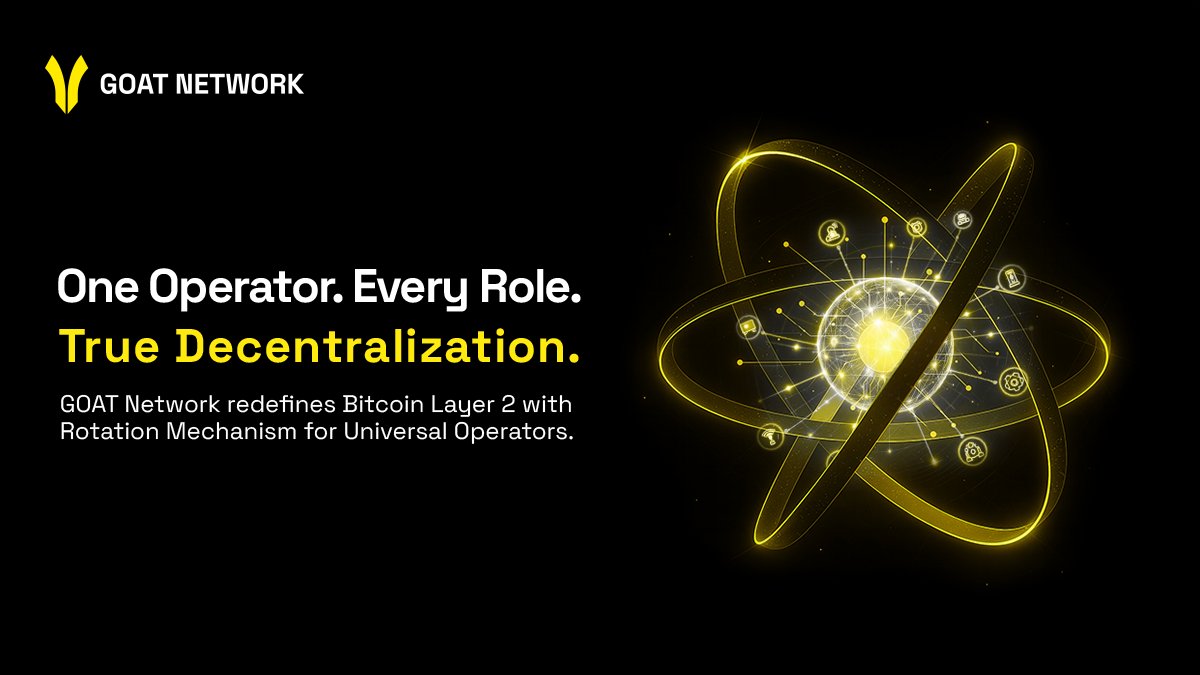
6.69K
13
GOAT price performance in USD
The current price of greatest-of-all-tokens is $0.00012556. Over the last 24 hours, greatest-of-all-tokens has increased by +388.97%. It currently has a circulating supply of 999,999,649 GOAT and a maximum supply of 999,999,649 GOAT, giving it a fully diluted market cap of $125.56K. The greatest-of-all-tokens/USD price is updated in real-time.
5m
+1.78%
1h
+388.97%
4h
+388.97%
24h
+388.97%
About Greatest of all tokens (GOAT)
GOAT FAQ
What’s the current price of Greatest of all tokens?
The current price of 1 GOAT is $0.00012556, experiencing a +388.97% change in the past 24 hours.
Can I buy GOAT on OKX?
No, currently GOAT is unavailable on OKX. To stay updated on when GOAT becomes available, sign up for notifications or follow us on social media. We’ll announce new cryptocurrency additions as soon as they’re listed.
Why does the price of GOAT fluctuate?
The price of GOAT fluctuates due to the global supply and demand dynamics typical of cryptocurrencies. Its short-term volatility can be attributed to significant shifts in these market forces.
How much is 1 Greatest of all tokens worth today?
Currently, one Greatest of all tokens is worth $0.00012556. For answers and insight into Greatest of all tokens's price action, you're in the right place. Explore the latest Greatest of all tokens charts and trade responsibly with OKX.
What is cryptocurrency?
Cryptocurrencies, such as Greatest of all tokens, are digital assets that operate on a public ledger called blockchains. Learn more about coins and tokens offered on OKX and their different attributes, which includes live prices and real-time charts.
When was cryptocurrency invented?
Thanks to the 2008 financial crisis, interest in decentralized finance boomed. Bitcoin offered a novel solution by being a secure digital asset on a decentralized network. Since then, many other tokens such as Greatest of all tokens have been created as well.
Monitor crypto prices on an exchange
Watch this video to learn about what happens when you move your money to a crypto exchange.
Disclaimer
The social content on this page ("Content"), including but not limited to tweets and statistics provided by LunarCrush, is sourced from third parties and provided "as is" for informational purposes only. OKX does not guarantee the quality or accuracy of the Content, and the Content does not represent the views of OKX. It is not intended to provide (i) investment advice or recommendation; (ii) an offer or solicitation to buy, sell or hold digital assets; or (iii) financial, accounting, legal or tax advice. Digital assets, including stablecoins and NFTs, involve a high degree of risk, can fluctuate greatly. The price and performance of the digital assets are not guaranteed and may change without notice.
OKX does not provide investment or asset recommendations. You should carefully consider whether trading or holding digital assets is suitable for you in light of your financial condition. Please consult your legal/tax/investment professional for questions about your specific circumstances. For further details, please refer to our Terms of Use and Risk Warning. By using the third-party website ("TPW"), you accept that any use of the TPW will be subject to and governed by the terms of the TPW. Unless expressly stated in writing, OKX and its affiliates (“OKX”) are not in any way associated with the owner or operator of the TPW. You agree that OKX is not responsible or liable for any loss, damage and any other consequences arising from your use of the TPW. Please be aware that using a TPW may result in a loss or diminution of your assets. Product may not be available in all jurisdictions.
OKX does not provide investment or asset recommendations. You should carefully consider whether trading or holding digital assets is suitable for you in light of your financial condition. Please consult your legal/tax/investment professional for questions about your specific circumstances. For further details, please refer to our Terms of Use and Risk Warning. By using the third-party website ("TPW"), you accept that any use of the TPW will be subject to and governed by the terms of the TPW. Unless expressly stated in writing, OKX and its affiliates (“OKX”) are not in any way associated with the owner or operator of the TPW. You agree that OKX is not responsible or liable for any loss, damage and any other consequences arising from your use of the TPW. Please be aware that using a TPW may result in a loss or diminution of your assets. Product may not be available in all jurisdictions.
